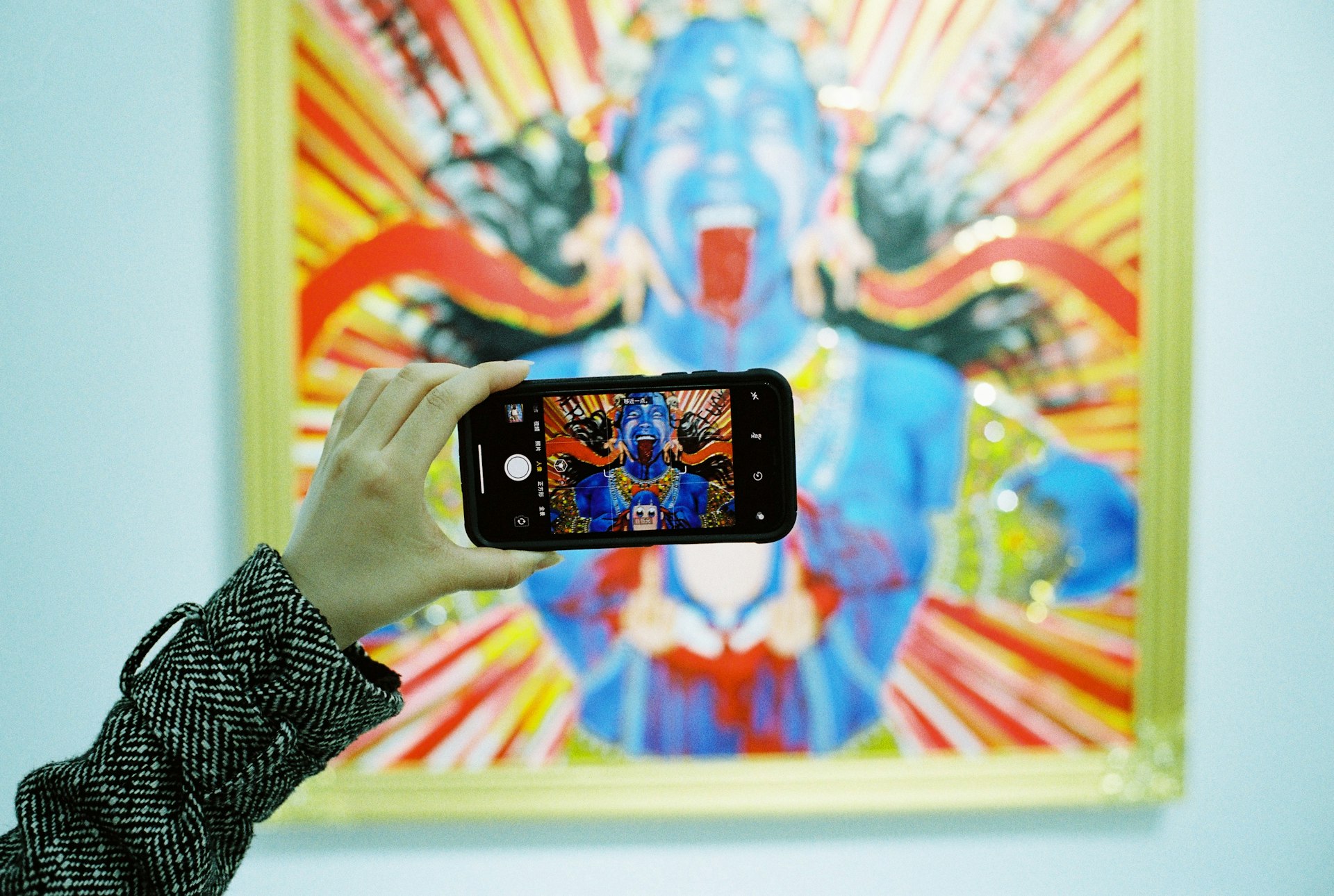Achieving Digital Wellness: Practical Strategies for Balanced Screen Time

Photo by Kari Shea on Unsplash
Introduction: The Importance of Balanced Screen Time for Digital Wellness
In a world increasingly shaped by digital devices, striking a healthy balance between screen time and daily life is crucial for mental, emotional, and physical well-being. The average adult now spends six to seven hours a day on screens, with teens often exceeding eight hours [4] . While technology provides convenience and connectivity, excessive screen use can negatively impact sleep, posture, and relationships. This article offers comprehensive guidance on balancing screen time for digital wellness-combining evidence-based strategies, practical steps, and real-world examples to help you thrive in the digital age.
Understanding Digital Wellness
Digital wellness refers to the state of maintaining a healthy relationship with technology. It involves leveraging digital tools for productivity and connection while mitigating downsides such as screen fatigue, social media-induced anxiety, and disrupted sleep patterns [4] . Achieving digital wellness is not about eliminating screens, but about making intentional choices that support your overall health.
Health Benefits of Reducing and Balancing Screen Time
Research consistently shows that balanced screen time yields significant benefits:
- Improved Sleep Quality: Blue light from screens can delay sleep onset and reduce REM sleep. Establishing a digital curfew before bed-such as unplugging one hour prior-can enhance sleep quality and duration [3] .
- Reduced Eye Strain and Headaches: Prolonged screen use often leads to digital eye strain, headaches, and dry eyes. Applying the 20-20-20 rule-looking at something 20 feet away for 20 seconds every 20 minutes-helps alleviate symptoms and prevent long-term vision problems [3] .
- Better Posture and Reduced Pain: Long hours spent hunched over devices can cause “text neck” and back pain. Taking regular breaks and practicing ergonomic posture can reduce strain and discomfort [3] .
- Enhanced Focus and Productivity: Intentional breaks from screens free up mental energy for exercise, creative pursuits, and meaningful tasks-boosting concentration and motivation [3] .
- Stronger Social Connections: Offline interactions foster deeper relationships and emotional well-being. Prioritizing face-to-face conversation over digital messaging encourages authentic communication [3] .
Actionable Strategies for Balanced Screen Time
Set Clear Boundaries
Establishing boundaries is a foundational step in managing screen time. Consider implementing the following:
- Digital Curfew: Designate “unplugged” hours before bedtime or during meals. This simple habit protects sleep quality and encourages mindful eating [2] .
- Tech-Free Zones: Create areas in your home (such as dining rooms or bedrooms) where screens are not allowed. This promotes genuine interaction and rest [5] .
- App Usage Limits: Many smartphones and tablets offer built-in tools to monitor and restrict app use, such as Apple’s “Screen Time” and Android’s “Digital Wellbeing.” These settings allow you to set daily limits, schedule downtime, and track usage patterns [5] .
Step-by-Step Implementation
- Review your device’s screen time or digital wellbeing dashboard to assess current usage.
- Identify periods of excessive use and set specific goals for reduction (e.g., “Limit social media to 1 hour daily”).
- Schedule tech-free periods throughout the day and communicate these boundaries with family or colleagues.
- Gradually adjust habits, using built-in timers or third-party apps to support your goals.
- Celebrate small successes and refine boundaries as needed.
Promote Offline Activities
Replacing screen time with offline pursuits supports holistic well-being:
- Physical Movement: Incorporate regular exercise, walks, or sports into your routine. Physical activity not only offsets sedentary screen time, but also boosts mood and immunity [1] .
- Outdoor Time: Spending time outdoors provides natural light, fresh air, and opportunities for socialization. Even brief periods outside can improve mental clarity and reduce stress [1] .
- Creative Hobbies: Reading physical books, drawing, or cooking can help you disconnect from screens and engage your mind in novel ways [5] .
Educational institutions and workplaces may also offer wellness programs that schedule regular device breaks. Ask your HR department or school counselor about available options, or search for “digital wellness programs” in your local community.
Nurture In-Person Connections
Technology helps us stay in touch, but nothing replaces the value of face-to-face relationships. Protect time for in-person conversations by:
- Organizing regular family meals or outings without screens.
- Initiating team-building activities or social gatherings at work.
- Encouraging open dialogue about digital boundaries, especially with children and teens [1] .
When hosting gatherings, inform attendees of tech-free policies in advance. This sets expectations and fosters more meaningful interactions.
Overcoming Common Challenges
Shifting habits takes effort and patience. Common obstacles include:
- Work Requirements: Many jobs require extended screen use. Offset work hours by prioritizing offline activities during breaks and after hours.
- Social Expectations: Friends and colleagues may expect instant digital communication. Clearly communicate your boundaries and suggest alternative times for connection.
- Family Dynamics: Children and teens may resist limits. Model balanced behavior, engage in joint offline activities, and explain the benefits of digital wellness.
If you encounter resistance, start small: implement one tech-free meal per week, or a short evening walk. Gradually increase offline time as new habits form.
Alternative Approaches and Tools
Digital wellness apps can support your journey. In addition to built-in phone features:
- Forest: Rewards users for staying off their phones by growing virtual trees.
- Detox: Helps schedule device-free periods and tracks progress.
- OffTime: Blocks distracting apps and provides usage analytics.
These apps are available on major app stores. For detailed instructions, search “digital wellness apps” in your device’s app marketplace and review user ratings for the best fit.

Photo by Ricardo Loaiza on Unsplash
Summary: Key Takeaways for Lasting Digital Wellness
- Balanced screen time supports better sleep, reduced physical discomfort, and stronger relationships.
- Practical steps include setting boundaries, fostering offline activities, and nurturing in-person connections.
- Digital wellness is an ongoing process-adapt strategies to fit your lifestyle and needs.
- For additional resources, consult your device’s built-in digital wellbeing tools, ask your healthcare provider about local wellness programs, or search for “digital wellness workshops” in your area.
References
- [1] Brentwood MD (2025). Managing Screen Time: A Doctor’s Perspective On Digital Wellness.
- [2] You Ate (2024). Digital Wellness: Managing Screen Time for a Balanced Life.
- [3] ACP (2025). Health Benefits of Reducing Screen Time.
- [4] UTMA (2025). 5 Tips to Improve Your Digital Wellness for a Better Balance.
- [5] Behavioral Health News (2025). Digital Well-Being: Managing Screen Time and Promoting Healthy Tech Habits in Families.



